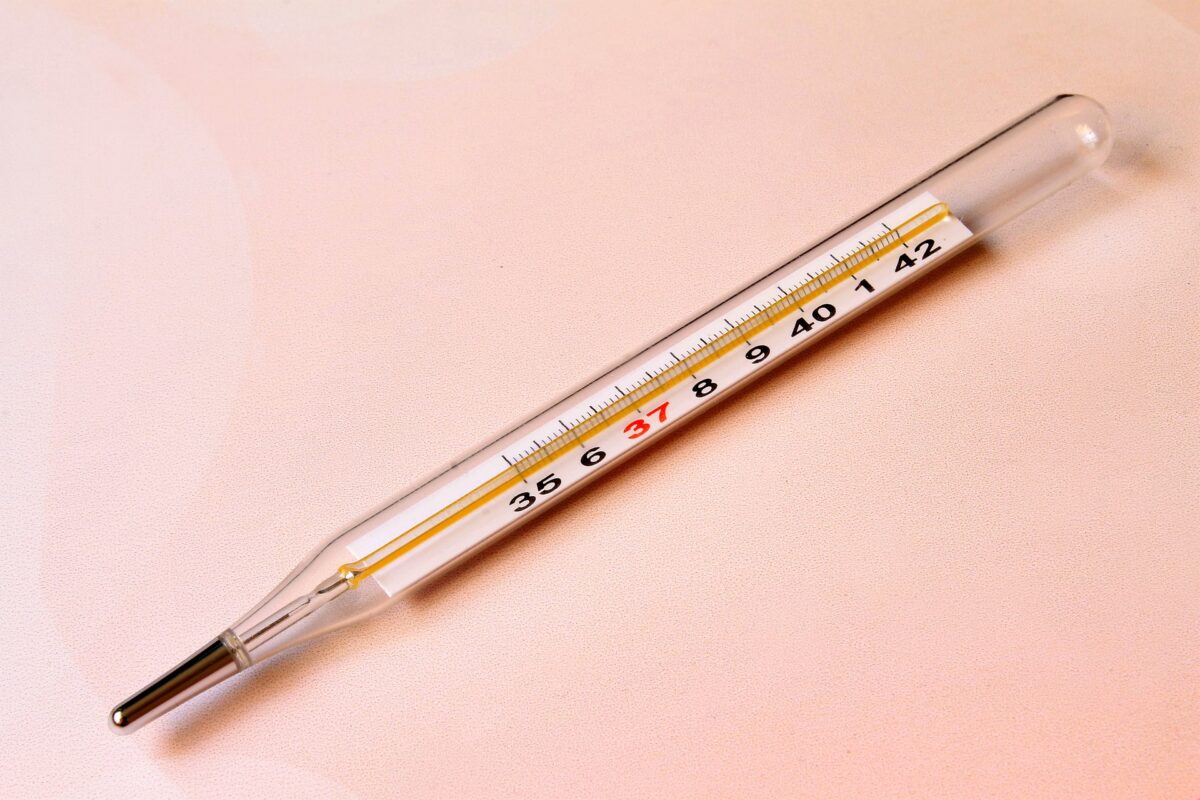Exercise. (Heat)
Q1. State similarities and differences between the laboratory thermometer and the clinical thermometer.
Answer
Similarities:
Both laboratory thermometer and clinical thermometer are used to measure temperature.
Both use a liquid (such as mercury or alcohol) in a glass tube to indicate the temperature.
Differences:
A laboratory thermometer typically has a wider range of measurement (from -10°C to 110°C or more) than a clinical thermometer (usually from 35°C to 42°C).
A laboratory thermometer is used for measuring temperatures in laboratory experiments, while a clinical thermometer is used for measuring human body temperature in a clinical setting.
A laboratory thermometer typically has smaller graduations and is more precise than a clinical thermometer which is often more for general use.
Clinical thermometer is often used rectally, orally or under the armpit. Laboratory thermometer is not intended to be used for internal use.
Q2. Give two examples each of conductors and insulators of heat.
Answer
Conductors:
Metals, such as copper and aluminum, are good conductors of heat. They are often used in cookware and heat exchangers because they transfer heat quickly and efficiently.
Water is also a good conductor of heat. It is often used in heating and cooling systems because of its high specific heat capacity.
Insulators:
Glass is a poor conductor of heat. It is often used in windows and insulation because it helps to keep heat inside buildings.
Air is also a poor conductor of heat. It is often used as an insulator in clothing, sleeping bags, and other thermal insulation products because it slows the transfer of heat.
Q3. Fill in the blanks:
a) The hotness of object is determined by its __________.
b) Temperature of boiling water cannot be measured by a __________thermometer.
c) Temperature is measured in degree __________.
d) No medium is required for transfer of heat by the process of __________.
e) A cold steel is dipped in a cup of hot milk. It transfers heat to its other end by the process of __________.
f) Clothes of __________ colours absorb heat better than clothes of lightc olours.
Answer
a) temperature
b) clinical
c) Celsius
d) radiation
e) conduction
f) dark
Q 4. Match the following

Answer
| Column A | Column B |
| (i) | (d) |
| (ii) | (c) |
| (iii) | (b) |
| (iv) | (a) |
Q5. Discuss why wearing more layers of clothing duringwinter keeps us warmer than wearing just one thickpiece of clothing.
Answer
When you wear multiple layers of clothing, each layer traps a layer of air between it and the next layer. Air is a poor conductor of heat, which means it doesn’t transfer heat very well. This trapped air acts as insulation, slowing down the transfer of heat from your body to the cold air outside.
Q6. Look at Mark where the heat is being transferred by conduction, by convection and by radiation.

Answer

Q7. In places of hot climate it is advised that the outer walls of houses be painted white.Explain
Answer.
In places of hot climate, it is advised that the outer walls of houses be painted white because white reflects more sunlight than darker colors. This is because white reflects all colors of the light spectrum, while darker colors absorb more of it.
When the sun shines on a white surface, the majority of the sunlight is reflected back into the atmosphere, rather than being absorbed by the surface. This helps to keep the surface cooler. On the other hand, when the sun shines on a dark surface, the majority of the sunlight is absorbed by the surface, which causes it to heat up.
By painting the outer walls of houses white, the heat absorbed by the walls will be reduced, which helps to keep the inside of the house cooler. This can help reduce the need for air conditioning, which can save energy and money.

